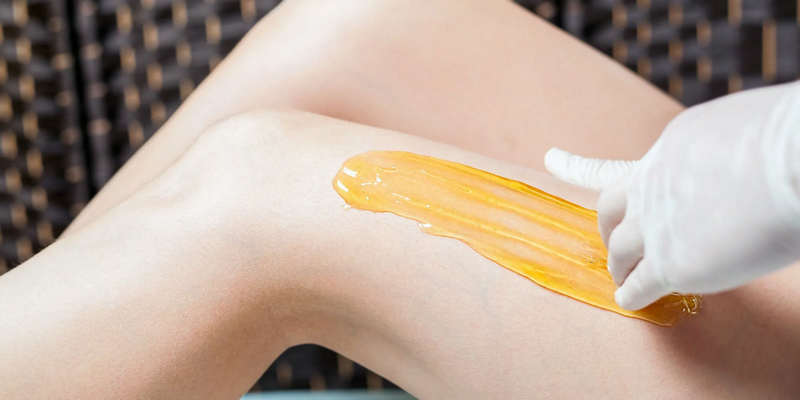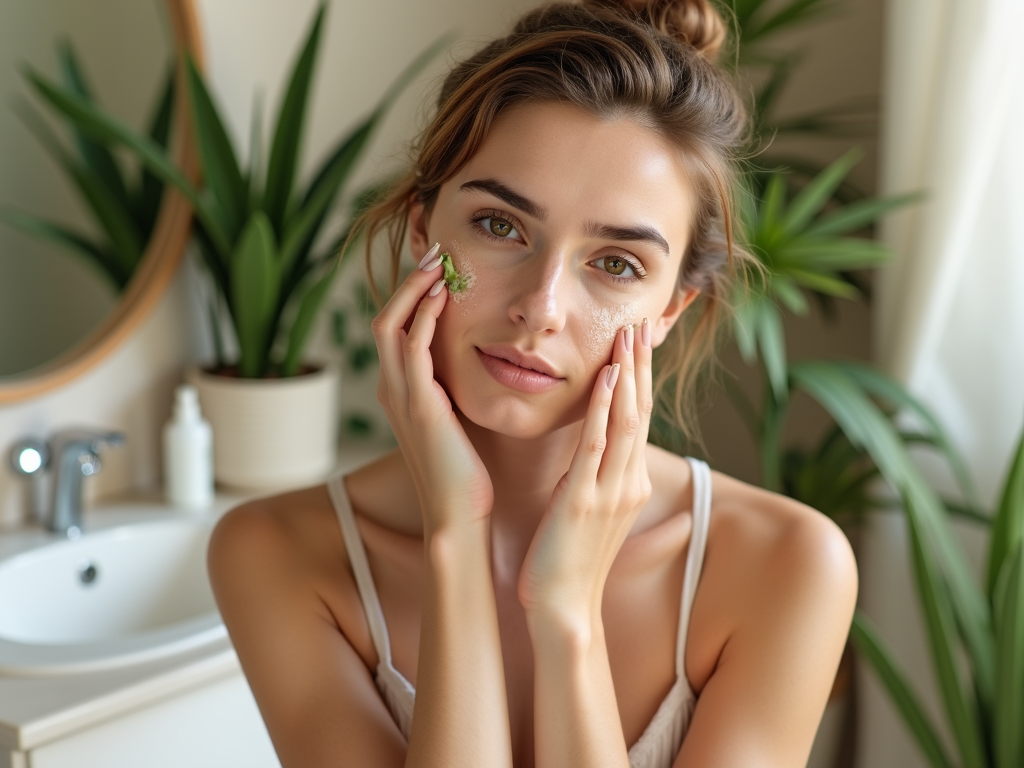Sugaring is an ancient hair removal technique that has withstood the test of time, not only for its simplicity but also for the benefits it provides over traditional waxing methods. This method involves using a natural paste made from sugar, lemon juice, and water to effectively remove hairs from the root. Unlike waxing, sugaring is less painful, doesn’t stick to the skin, and reduces the risk of ingrown hairs. If you’re just starting out with at-home hair removal treatments, sugaring could be the ideal choice. It’s an all-natural procedure that not only works well for most skin types including sensitive skin but also is less abrasive than other hair removal techniques. In this article, you’ll learn how sugaring works better than waxing, how to make your own sugaring pastes at home, and how to apply them for good results.
What You Need for Home Sugaring
To start your DIY sugaring journey, you will need a few key ingredients and tools to prepare the paste and make the removal process as smooth as possible. The beauty of sugaring is that it requires simple, natural ingredients that you might already own. When it comes to tools, most can be easily found around your home or purchased at a minimal cost. Here’s what you’ll need:
- Sugar (white or brown sugar works well)
- Fresh lemon juice (could use citric acid as a substitute)
- Water (preferably hot water to help dissolve the sugar)
- A large pot or microwave-safe bowl for heating the mixture
- A candy thermometer (not required, but helps keep the temperature in check)
- Fabric strips for the removal process (old cotton t-shirts cut into strips work well)
- Wooden sticks or a spatula for applying the paste (popsicle sticks are a good size)
- Cornstarch or baby powder (helps to prepare the skin by keeping it dry)

Preparing Your Sugaring Paste
Creating your own sugaring paste is so easy and only requires the three main ingredients: sugar, lemon juice, and water. The following table outlines the basic recipe for making sugaring paste at home. When preparing the paste, ensure you are not getting the mixture too hot as it could cause burns; the goal is to heat it just enough until all sugars have dissolved and the mixture turns a golden hue. Let it cool down to body temperature before using.
| Ingredient | Quantity | Notes |
|---|---|---|
| Sugar | 1 cup | White or brown sugar can be used |
| Lemon Juice | 1/4 cup | Freshly squeezed works best |
| Water | 1/4 cup | Add more if the mixture is too thick |
Start by mixing the sugar, lemon juice, and water in the pot or bowl. Heat the mixture over medium heat (or in the microwave in 30-second intervals) and stir consistently. Once the mixture turns an amber color and reaches a temperature of around 250°F (120°C), it is done. Remember, consistency is key: It should be thick enough to stick to hairs but not too runny.
Testing Your Paste: When Is It Ready?
After preparing your sugaring paste, it’s crucial to test it to ensure it is not too hot and has the right consistency. A simple way to test is by placing a small amount on a piece of parchment paper or a plate and letting it cool for a minute or two. You should be able to pick it up and roll it in your hands without it sticking. If it’s too hard, you might need to add water and heat it a bit more. If it’s too soft, it needs more time on the heat to achieve that perfect pliability. Always take precautions when dealing with hot substances to prevent burns.
How to Apply Sugaring Paste Like a Pro
Sugaring at home is not only more natural but also gives you the control you don’t have with commercial removal treatments. When applying sugaring paste, you first want to make sure your skin is clean, dry, and well-prepped. Dusting a layer of powder on the skin prior to applying the paste will help ensure that it does not stick to the skin and only adheres to the hairs. Use the spatula or stick to spread the paste across the skin in the opposite direction of hair growth. Then, place the fabric strip over the paste, press down firmly, and then pull it off in the direction of hair growth. This technique helps to minimize discomfort and makes the hairs easier to remove.
- Wash and dry the target area thoroughly.
- Dust with cornstarch or baby powder to absorb any excess moisture.
- Apply an even layer of sugaring paste against the direction of hair growth.
- Place a pre-cut fabric strip over the paste and press down.
- Hold the skin taut and quickly pull the strip in the direction of hair growth.
- Repeat as necessary, using the same piece of paste multiple times until it’s no longer effective.

Aftercare: Soothing Your Skin Post-Sugaring
Your skin may feel a bit tender after sugaring, which is normal. To soothe it, apply a gentle aloe vera gel or an anti-inflammatory lotion that’s designed for post-hair removal care. It’s important to avoid hot baths, excessive sweating, and sun exposure for at least 24 hours post-sugaring to prevent irritation. Regular exfoliation after two days can help prevent ingrown hairs and keep the skin smooth. Additionally, keeping the skin moisturized will help maintain its softness and encourage proper hair growth for the next sugaring session.
Avoiding and Treating Common Sugaring Mistakes
While sugaring is straightforward, mistakes can happen, especially when you’re just starting out. If the paste is too hot, let it cool down for a longer time until it reaches a safe, workable temperature. If the paste is too thick, adding a little hot water and reheating it should fix the consistency. Skin irritation or bruising should be minimal with sugaring. However, if it occurs, it’s typically a sign that the technique needs practice. Remember to hold the skin tight and remove the fabric strips swiftly. Cold compresses and over-the-counter pain relief can help if discomfort persists.
Conclusion
Doing sugaring at home can be an empowering, cost-effective way to achieve smooth skin without the need for expensive salon trips or harsh chemicals. With practice, this natural hair removal method gets even easier, and the results can last for weeks. If you’re looking for a hair removal process that not only is gentle on the skin but also results in slower and finer hair growth over time, DIY sugaring may be the perfect option. Give it a try, and with each session, you’ll find that achieving silky smooth skin can be so easy and satisfying.

FAQs About Sugaring at Home
Got more questions about the sugaring at-home process? Here are answers to some frequently asked questions that might help you out:
Q1: What is the ideal length of hair for sugaring at home?
A1: Hair should be at least 1/4 inch long for the sugaring paste to effectively grip and remove it.
Q2: How long do the results of sugaring last?
A2: Typically, results can last between 3 to 6 weeks, depending on individual hair growth cycles and the area treated.
Q3: Can I use sugaring paste on any area of the body?
A3: Yes, sugaring paste can be used on most areas of the body, including the face, legs, arms, and bikini area. However, caution should be used on sensitive areas.
Q4: How do I prevent ingrown hairs after sugaring?
A4: Regular exfoliation and moisturizing can help prevent ingrown hairs. Additionally, avoid tight clothing that can cause friction in the sugared areas.
Q5: Is it normal for the skin to be red after sugaring?
A5: Yes, some redness is common after sugaring as it’s a sign of the hair being removed from the follicle. If redness persists or is accompanied by severe pain, consult a professional.



